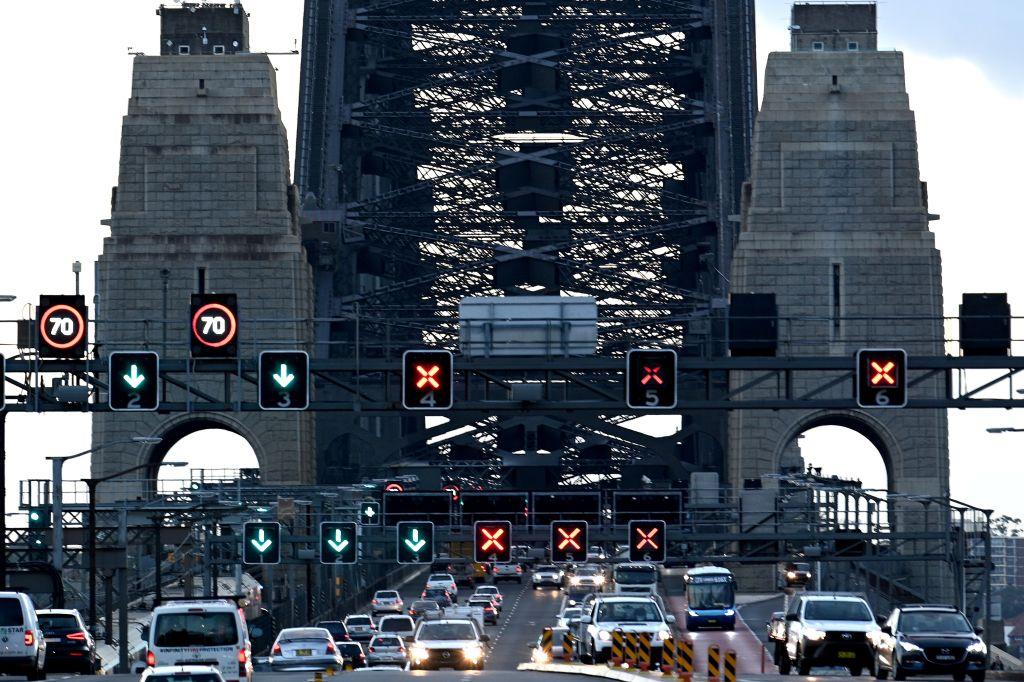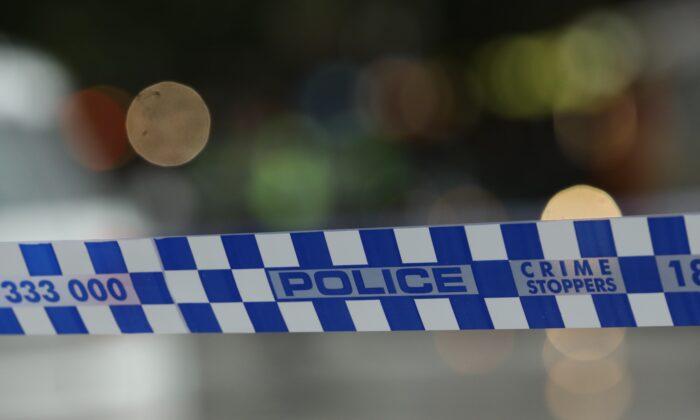The renewable energy pipeline is drying up after a robust start to 2023 as “headwinds” increase, the industry warns.
Data released by the Clean Energy Council for the first three months of the year shows eight projects commenced construction in the quarter.
Worth a total of $1.3 billion (US$845 million) in value—almost double the final three months of 2022—three of those projects are in Western Australia, where the exit from coal-fired generation has accelerated.
However, there has also been a significant fall in new financial commitments for large-scale renewable generation projects.
No renewable generation projects reached financial close in the first quarter of 2023, which is a leading indicator for the project pipeline, according to the industry’s council.
The Albanese government has set a national target of 82 percent renewable energy by 2030, but the industry fears Australia won’t make it at the current rate of investment.
“A slowdown in the rate of new projects reaching financial close is at odds with our need to accelerate deployment,” Clean Energy Council chief executive Kane Thornton said on Thursday.
“While energy investors are enthusiastic about investing in clean energy in Australia, there are a variety of headwinds that are undermining confidence at present,” he said.
These headwinds include bigger investment incentives available in the United States and Europe, ongoing supply chain and worker shortages, delays in planning and approvals, and difficulty connecting to the grid.
The latest national emissions figures show a long-term decline in greenhouse gases from the continued uptake of renewable energy.
Emissions from electricity were down 3.5 percent or 5.5 million tonnes, driven by record levels of rooftop solar generation in the National Electricity Market.
Minister for Climate Change and Energy Chris Bowen said the latest inventory results showed progress in reducing emissions but reinforced the need for crucial climate and energy reforms.
The industry is calling for him to extend the Renewable Energy Target (RET) beyond 2030 to support more large-scale investment.
Thornton said nothing had delivered as much emissions abatement, given as much certainty and unlocked as much investment as the RET.
There were also concerns about the role state governments might play in the ownership of renewable energy generation, he said.
NSW is two years behind schedule on developing renewable energy zones but says a new $1 billion state-owned body will drive investment in pumped hydro, community batteries and renewable energy.
In Victoria, a government-owned State Electricity Commission will push more renewable energy into the system and support updated targets of 95 per cent renewable energy by 2035 and net zero by 2045.
Some $1 billion has been allocated to new renewable energy projects under the new commission - the equivalent replacement capacity of coal-fired power station Loy Yang A, which is set to close in 2035.
The industry council has proposed a set of rule changes to the Australian Energy Market Commission to support the faster connection of renewable energy, potentially leading to lower prices and improved power supply.





